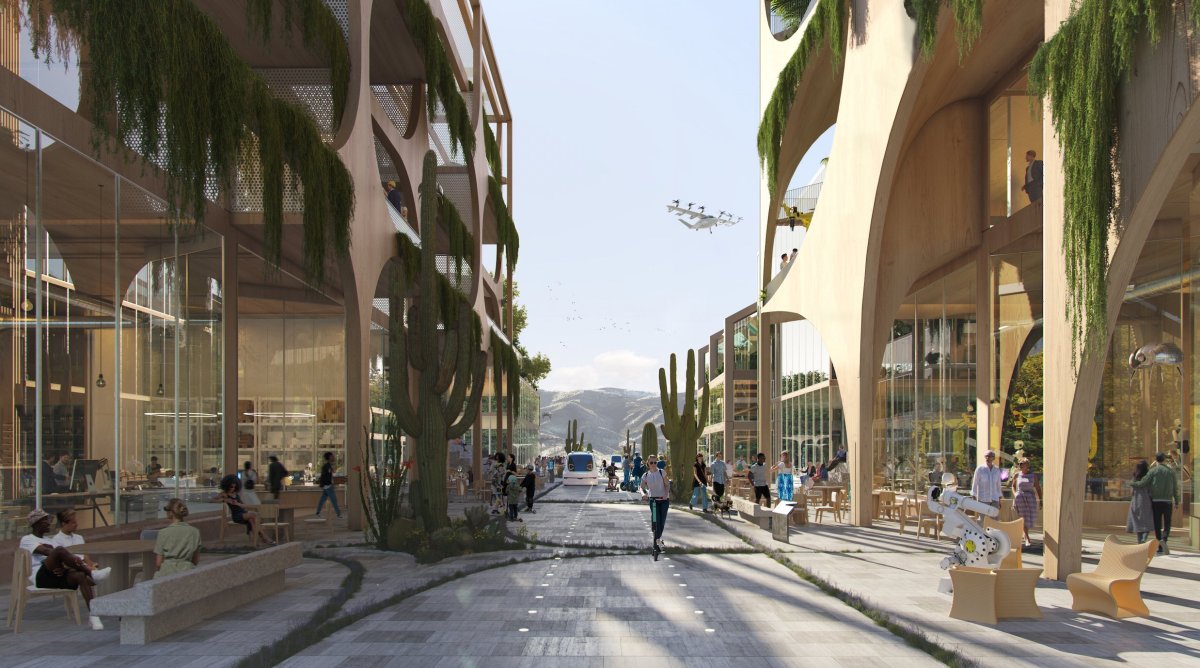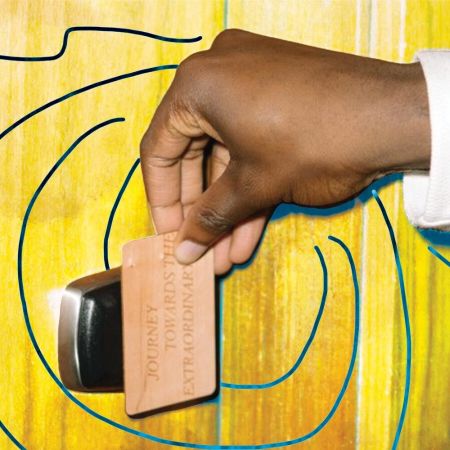Is it possible to build a city where previously there was only uninhabited land? It’s one thing to watch an existing town or city turn into a substantial urban center — the history of Las Vegas comes to mind in that respect. But for every case like Brasilia, there are other urban spaces that never got off the ground, such as a city once slated to be built in New Jersey’s Pine Barrens.
Don’t tell that to Marc Lore, the founder of Jet.com and the co-founder of Quidsi. His new project involves the creation of a sustainable city somewhere in the United States — and he’s brought an impressive architecture firm on board for the planning stages. At Robb Report, Bryan Hood has more details on the planned city, to be called Telosa.
Architect Bjarke Ingels and his firm, Bjarke Ingels Group, are working on designs for Telosa. Ingels has worked on a host of interesting projects over the years, including a development in New York City to mitigate flood development, Google’s headquarters and the Danish National Maritime Museum.
The City of Telosa’s website lists some of the goals for the project — including a population of between one and five million people and a level of density comparable to San Francisco. As for the specific location, the website mentions that they are currently looking into spaces in Nevada, Utah, Idaho, Arizona, Texas and the Appalachian Region. If all goes according to plan, the city’s first 50,000 residents could be living there in 2030.
The economics of how this all works is a system called Equitism, which the city’s website describes as “inclusive growth.” More specifically, this involves having the city’s land owned by a community trust, which could then be reinvested in comprehensive social services. Or, as Telosa’s website puts it, “since the community is the primary growth driver of land values, it seems fair that the community should benefit from the increase in land prices.”
It’s a fascinating model, and one which could change a lot of aspects of modern urban living for the better. And with 2030 not that far off, we’ll have a sense of how well this plan might work before long.
Thanks for reading InsideHook. Sign up for our daily newsletter and be in the know.


















